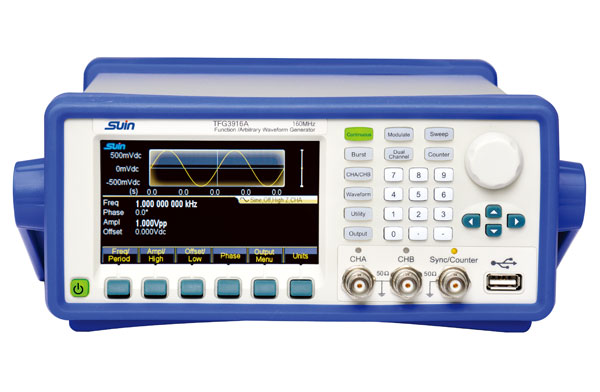

In the field of wireless communications, the direction of communication signals is digital. This trend is mainly due to the fact that digital signals have good spectral efficiency compared to analog signals. In order to meet the increasingly demanding user requirements for signal center frequency, spectral density and spectral width, the requirements for communication devices are becoming more and more complex and demanding.
Now, Arbitrary Waveform Generator (AWG) and Function Generators (FG) can overcome these difficulties and provide unprecedented flexibility to provide engineers with a variety of signals. And powerful instruments that support modulation, which can be used to test different stages of transmit and receive links, such as modulators, demodulators, mixers, filters, amplifiers, and low noise amplifiers (LNAs).
We are Arbitary Waveform Generator Supplier. If you have demand, welcome to contact us.

Jul. 10, 2025
Common Uses and Types of Signal GeneratorsJun. 13, 2025
Power Quality Analyzers: SA2100, SA2200, and SA2300 – Which One Fits Your Workflow?May. 14, 2025
Stopwatch Calibrator Uses in Aerospace, Automotive and Labs